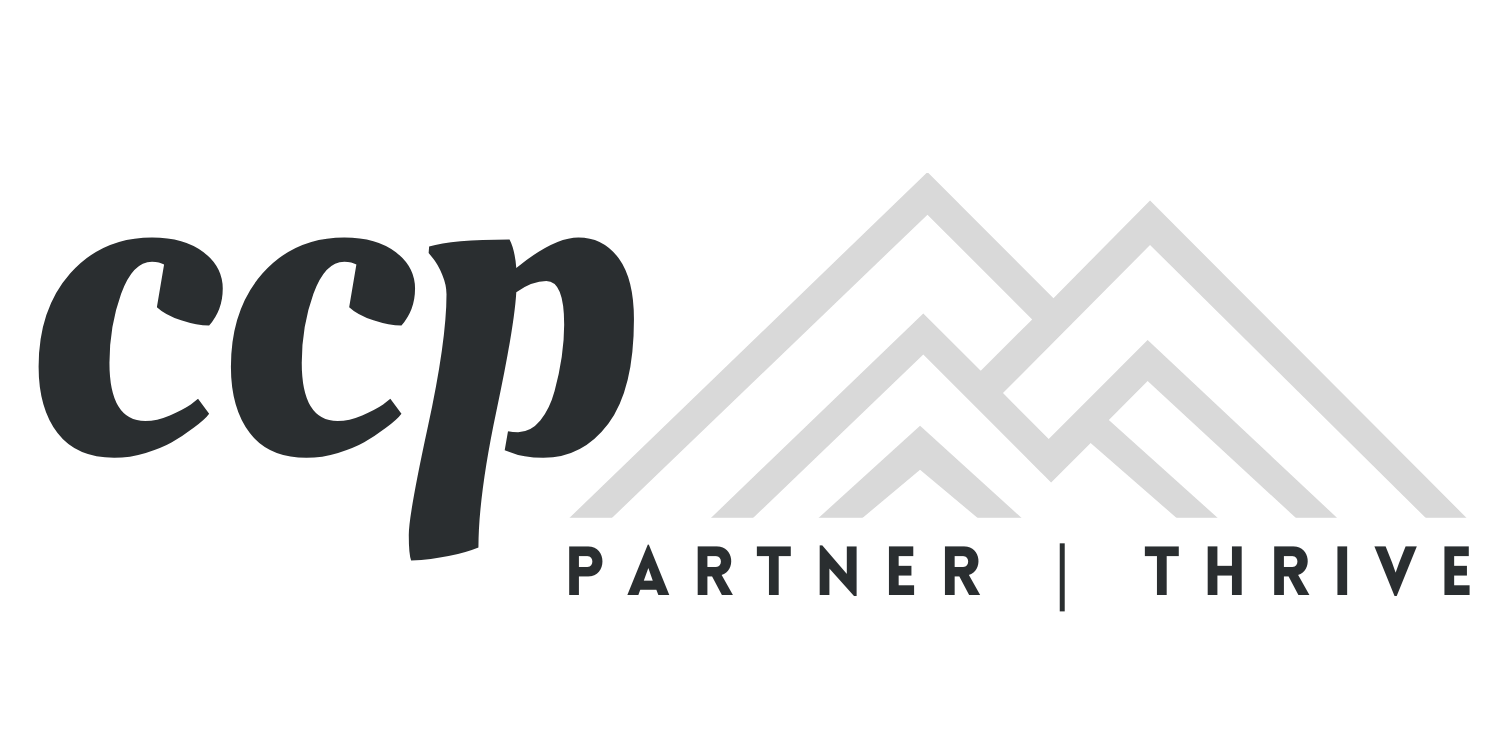Are you preparing for a new lease and maybe also a relocation or expansion? There are lot of potential risks, especially if you’re new to the process. In our first post in an ongoing series dedicated to helping new tenants avoid the most common pitfalls, we outline five ways to avoid some of the biggest new leasing mistakes.
Related Post: 6 Tips for Keeping Your Costs Down on Your Next Office Move.
PLAN FOR GROWTH
When picking your next location and size, take the long-view, looking out 5-10 years. Pay close attention to your growth plans over that period and especially through the term of your next lease. To attract and retain the right employees and customers it will be critical to have a location that satisfies the needs and demands of your business’ community. Size will also have a big impact on your work environment for employees, so carefully plan your office layout to satisfy your current number employees and also plan for the increase in employees throughout the term of your lease.
A tenant representative broker (TRB) can help you create a real estate plan in sync with your business plan and use it to make the right near-term decisions. A TRB provides counsel and concrete data from third-party studies on layout, location, transportation, demographics and other topics specific to the needs of your business. A TRB can also bring in a wide range of partners from their network, such as architects and furniture companies, to help plan and design an optimal space that will also effectively grow with you.
KNOW AND UNDERSTAND CRITICAL LEASE DATES
Be sure to clearly know and understand the critical dates and terms in your existing lease and in the next one you’re negotiating. People new to the process will often sign a lease, put it away, never go a back to look at it, and forget about important dates that can have a significant impact on their business.
Don’t be that person. If you miss key dates, the landlord has no obligation to honor the terms. A TRB can help here too, by pulling all critical contract dates into a separate spreadsheet called a lease abstract, so you know exactly what happens and when.
Here’s some of the most important dates to watch out for:
- Right to Renew Date: This is a critical date that is too often forgotten and missed as a result. As the name suggests, this is the deadline for having the ability to renew your lease for an extended term. If this date passes and you have not initiated an extension negotiation, the landlord has no obligation to renew. At worst, this can result in you losing the property and having the relocate.
- Lease Expiration Date: This is the date your lease actually expires and while it might seem obvious we’ve seen many clients forget or lose track of their lease expiration date and pay penalties as a result. This is an easy mistake to avoid if you have all you key lease dates in a separate document close at hand. A good TRB will also keep track of your critical dates and contact you well in advance of your expiration date to start helping you create a plan.
- Hold Over Rate: The hold over rate is the amount you will pay if you must stay after the official lease term is over. This can typically be 100-200% more per month than your original lease rate. Understanding the hold over rate helps ensure you budget correctly and avoid negative impact.
- Rent Commencement and Increases: A rent commencement date is very contingent upon the completion of improvements performed by the landlord and/or the ending of a lease abatement period. A tenant’s move-in date may or may not correspond with the rent commencement date. A commencement letter officially notifies both parties of the beginning of the agreement and its terms. This letter helps you know exactly when lease payments begin, so you can avoid late fees and accruing interest payments as rent increases throughout the term.
START PLANNING 8-12 MONTHS IN ADVANCE OF YOUR MOVE
If you’re rushed you give the landlord more leverage, which increases your risk of a bad deal. Start the process early enough so you have time to evaluate other options and avoid negotiating in “panic mode.”
We’ve created a free office move planning worksheet in our recently launched Online Resource Library. The worksheet provides a typical timeline and checklist for making your next move go smoothly, and you can download the document and edit it to suit your specific needs.
We’re always here to help! Send us your questions at info@columncommercial.com.
USE A TENANT REPRESENTATIVE BROKER (TRB)
It’s absolutely in your best interest to use a TRB. It’s a common misconception that a TRB is the same as the landlord’s broker, but the exact opposite is true. Whereas the landlord’s broker is working in the landlord’s interests, the TRB represents your interests, helping ensure you get the best deal, based on their comprehensive understanding of the broader market and negotiation best practices.
What you might not realize (because many people don’t) is that you don’t pay for a TRB. The cost of their services are paid by the landlord, who has set aside a dedicated “pro forma budget” to pay for a TRB along with their own real estate broker. If you choose not to use a TRB, the budget allocated for a TRB either goes back into the landlord’s pocket, or goes to the landlord’s broker as a “commission bonus.”
There’s a lot to know and understand about the role and benefits of TRBs, so we’ll be covering them in much more detail in a dedicated blog post coming soon.
CLEARLY UNDERSTAND LEASE TYPES AND COST STRUCTURES
The type of lease used for your next space will almost always be dictated by the landlord and isn’t something you get to choose, however, remember everything is negotiable. It’s important you understand the difference between these lease types and their associated cost structures, as it will fundamentally impact your budget.
In Metro Denver, most leases fall into two categories:
- Full Service Gross (FSG) Leases: This lease type is most commonly used for office spaces. The rent a tenant pays under a FSG lease includes all operating expenses and real estate taxes. The rental rate charged is an “all-inclusive” number. In the event these operating expenses and real estate taxes increase year-over-year, the landlord can pass the cost of those increases onto the tenants in the building.
- Triple Net (NNN) Leases: This type of lease is most commonly used for industrial and retail spaces. In addition to the rental rate, tenants are responsible for all costs associated with the building, except the landlord is generally responsible for structural repairs. It is important to be aware of the additional costs for operating expenses and property taxes in a NNN lease. For example, in a Full Service Gross lease your budget may be $30 per square foot, but in a Triple Net Lease there would be an additional $10 per square foot for building maintenance costs, making the budget actually $40 per square foot.
- Modified Gross (MG) Leases: This type of lease is somewhat rare and most often occurs with flex and industrial spaces. The rent paid by tenants under a MG lease includes most of the operating expenses and real estate taxes. The only items not included (typically, but not always) are utilities and janitorial, which the tenant will need to contract for directly.
FOR NEXT TIME
I hope you’ve found this information useful. We’ve got a lot more to share. In my next post, I’ll focus on how to avoid making the most common mistakes when negotiating and are about to sign the contract. See you there.




